Growing Awareness of Male Infertility
The rising awareness surrounding male infertility is significantly influencing the Centrifugation-Free Sperm Separation System Market. As societal perceptions shift, more men are seeking assistance for fertility issues, leading to an increased demand for effective sperm separation methods. Educational campaigns and healthcare initiatives are contributing to this awareness, highlighting the importance of male reproductive health. According to recent studies, male infertility accounts for approximately 40% of infertility cases, prompting healthcare providers to adopt advanced technologies for sperm processing. This growing recognition is likely to drive the adoption of centrifugation-free systems, as they offer a less invasive and more efficient alternative to traditional methods. Consequently, the market is expected to expand as more fertility clinics incorporate these systems into their practices, catering to the needs of an increasingly informed patient population.
Shift Towards Non-Invasive Techniques
The Centrifugation-Free Sperm Separation System Market is witnessing a notable shift towards non-invasive techniques in reproductive medicine. Patients are increasingly favoring procedures that minimize discomfort and risk, prompting a demand for sperm separation methods that do not involve centrifugation. Non-invasive techniques, such as those utilizing microfluidic devices, are gaining popularity due to their ability to separate sperm with minimal handling and stress. This trend aligns with the broader movement in healthcare towards patient-centered care, where comfort and safety are prioritized. As a result, the market for centrifugation-free systems is projected to grow, with an estimated increase in adoption rates among fertility clinics. This shift not only enhances patient experience but also improves the overall success rates of assisted reproductive technologies, further solidifying the role of centrifugation-free systems in modern reproductive health.
Increasing Investment in Fertility Clinics
The Centrifugation-Free Sperm Separation System Market is benefiting from a surge in investment in fertility clinics and reproductive health services. As the demand for assisted reproductive technologies continues to rise, investors are recognizing the potential for growth in this sector. Increased funding allows clinics to upgrade their facilities and adopt advanced technologies, including centrifugation-free sperm separation systems. This influx of capital is likely to enhance the quality of services offered, making fertility treatments more accessible and effective. Additionally, as clinics expand their offerings, they are more inclined to incorporate innovative solutions that improve patient outcomes. The trend of rising investments in fertility services indicates a promising trajectory for the market, as it aligns with the growing need for efficient and reliable sperm separation methods.
Technological Advancements in Sperm Separation
The Centrifugation-Free Sperm Separation System Market is experiencing a surge in technological advancements that enhance the efficiency and effectiveness of sperm separation processes. Innovations such as microfluidics and acoustic separation techniques are gaining traction, allowing for higher purity and viability of sperm without the need for centrifugation. These technologies not only improve the quality of sperm samples but also reduce the time required for separation. As a result, the market is projected to grow at a compound annual growth rate of approximately 8% over the next five years, driven by the increasing demand for assisted reproductive technologies. The integration of automation and artificial intelligence in sperm separation systems further streamlines operations, making these systems more appealing to fertility clinics and laboratories. This trend indicates a promising future for the Centrifugation-Free Sperm Separation System Market.
Regulatory Support for Advanced Reproductive Technologies
Regulatory bodies are increasingly recognizing the importance of advanced reproductive technologies, which is positively impacting the Centrifugation-Free Sperm Separation System Market. Supportive regulations and guidelines are being established to promote the development and use of innovative sperm separation methods. This regulatory environment encourages research and investment in centrifugation-free technologies, facilitating their integration into clinical practice. As more countries adopt favorable policies, the market is likely to see accelerated growth, with an emphasis on safety and efficacy. Furthermore, regulatory approval for new technologies can enhance consumer confidence, leading to increased adoption rates among fertility clinics. This supportive landscape suggests a robust future for the Centrifugation-Free Sperm Separation System Market, as stakeholders seek to align with evolving standards and practices in reproductive health.


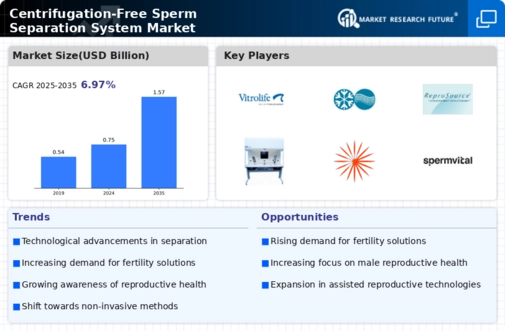
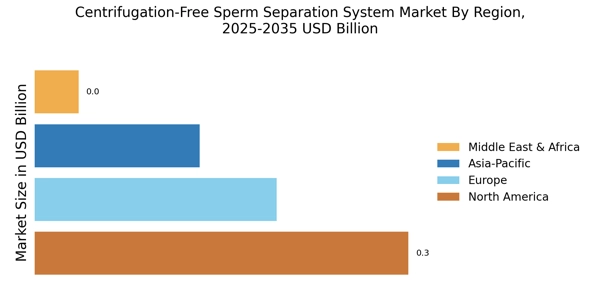
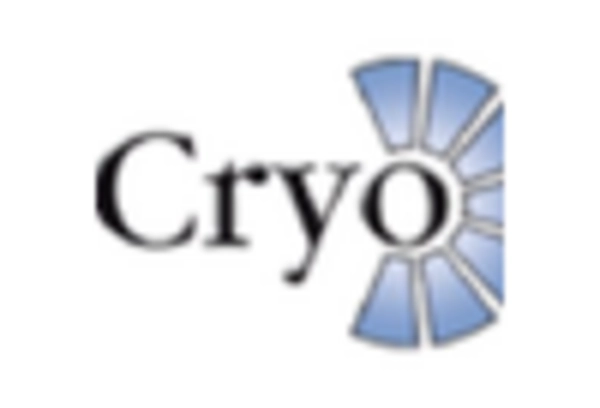

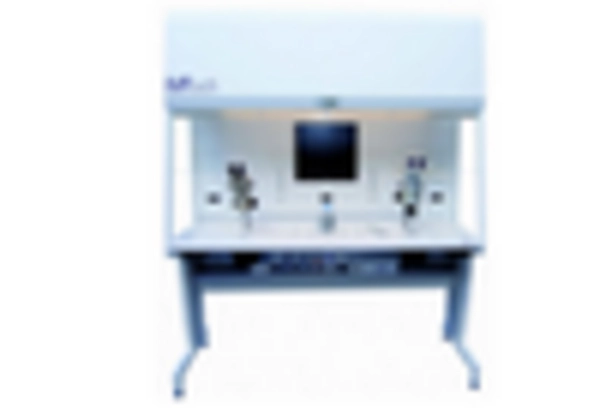
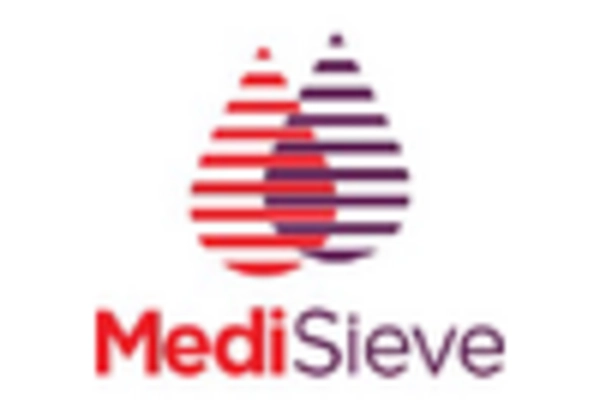
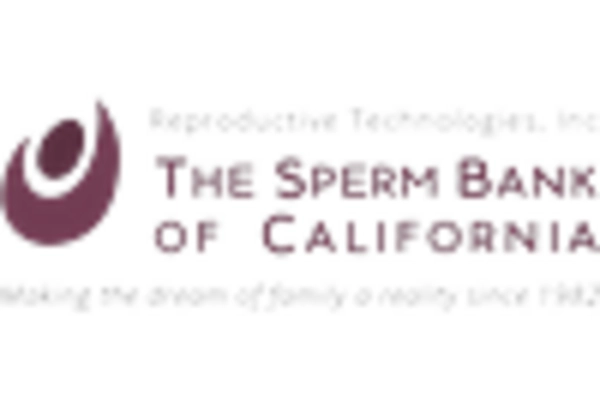









Leave a Comment